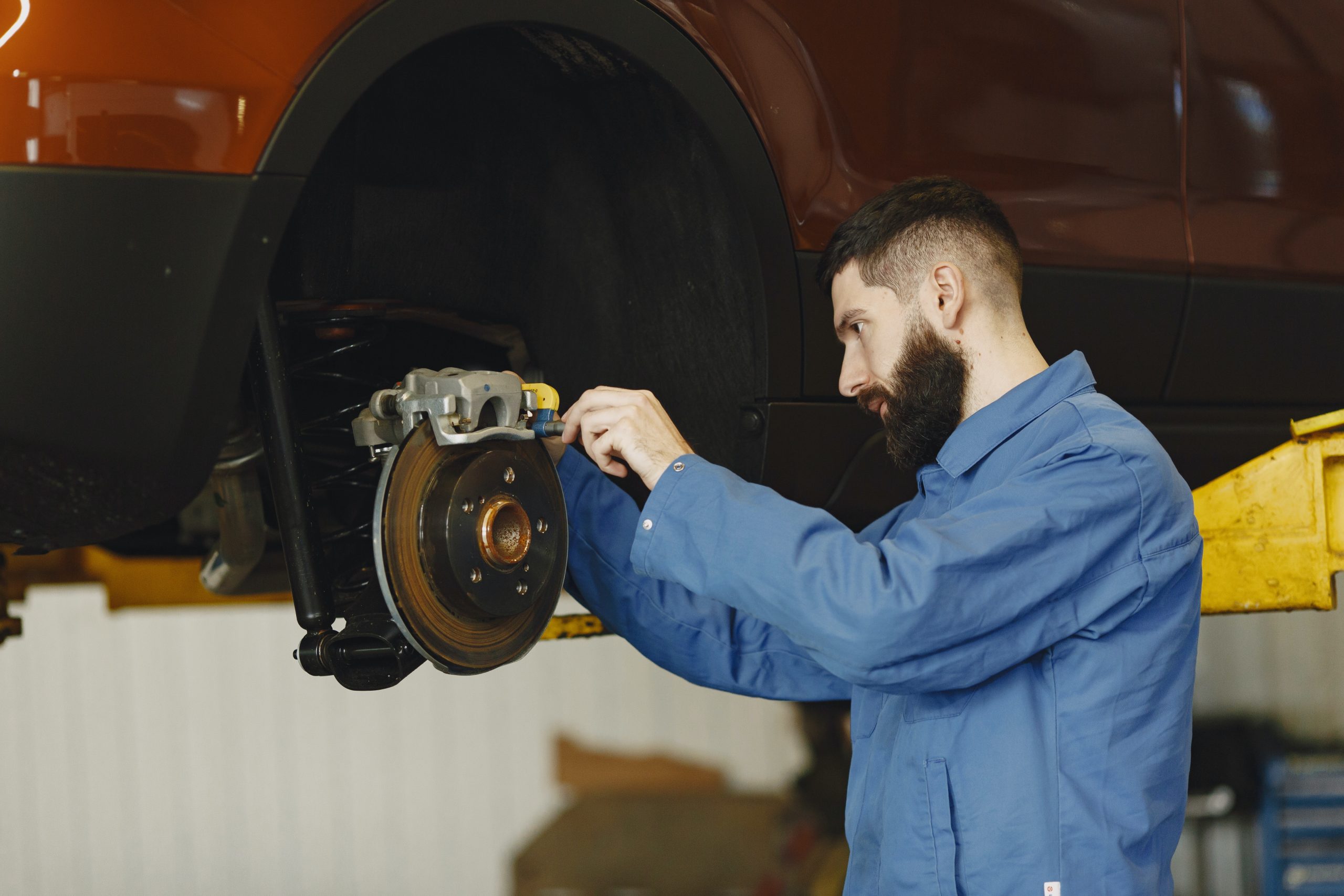
As your Ford dealer, we want you to have a safe driving experience. Good brakes are an essential part of this experience, as they allow you to control your speed. Your braking system can suffer wear and tear, and you’ll need a brake repair with us. These are a few signs that your brakes could have a problem.
3 Signs You Could Use a Brake Repair at Your Ford Dealer
You’re Past Time for a Service
Your Ford requires regular services to keep it in good working condition. A brake service is due every 10,000 to 15,000 miles. Your car service manual will have the exact time for your model. A brake service allows our technicians to thoroughly check your braking system. The checklist includes the calipers, pads, hoses, brake lines, and the brake master cylinder.
If your service is overdue, parts may start to show signs of wear. Your brake fluid needs to be changed regularly to ensure it provides the hydraulic power essential for the system to operate. Worn brakes can put pressure on other car systems including the tires, axles, and engine. Once we’ve serviced your brakes, you have the confidence of knowing they’re in perfect working shape.
Your Pads Are Worn
Brake pads fit into the brake calipers. When you hit the brakes, hydraulic pressure from the brake fluid forces the calipers to close against the wheel rotors. The brake pads generate friction against the smooth wheel rotors bringing your wheels to a stop. The friction material covers on the pads gradually wear off as you use your brakes.
A brake pad has a 1/2″ thick material covering. As we’ve seen, this material degrades through use. When the material covering drops to 1/4″ thick, it’s time to change the pads. You’ll receive an audible warning that the pads are worn, as you’ll hear a high-pitched screeching when you brake. This sound is made by a metal spike inside the pad scraping against the rotor.
Your Brake Pedal Vibrates
A vibrating brake pedal is caused by calipers gripping an uneven rotor surface. The rotors are smooth and flat, and this provides the best possible surface for the calipers to grab. The friction material covering the pads is secured by strong adhesive.
If your pads heat up when they’re in contact with the roots, some of the pad’s adhesive can liquify. This adhesive will spread across the rotor surface. It will dry very quickly but leaves an irregular surface formed from dried adhesive. This adhesive will gradually build up, and you’ll feel vibrations when the calipers grab this surface.
If you have any problem with your brakes, call us ASAP at Beachum and Lee Ford, Inc.



